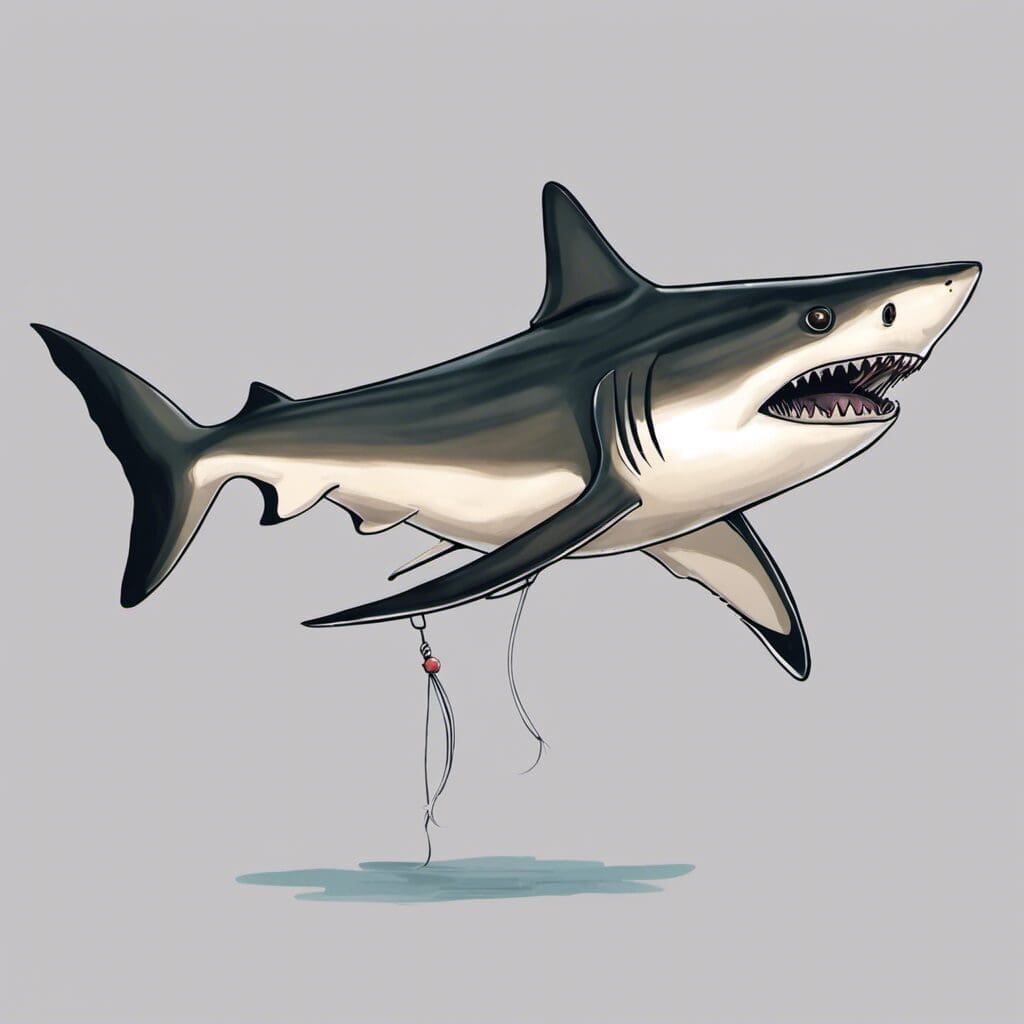Introduction
The Spinner Shark, scientifically known as Carcharhinus brevipinna, is a fascinating species that belongs to the robust family of Carcharhinidae, commonly known as requiem sharks. Named for its unique breach-and-spin hunting behavior, this species features a remarkably elongated, slender body to perform powerful vertical jumps out of the water, rotating rapidly in a spinning motion.
Conservation Status
As per the international Union for the Conservation of Nature (IUCN), the Spinner Shark is currently listed as “Near Threatened”. This is attributed to its vulnerability to both commercial and recreational fishing, with its attractive fins being particularly sought after for sharkfin soup. Conservation efforts are geared towards monitoring regional populations, enforcing fishing regulations, and raising public awareness about the species’ plight.
Statistics
| Statistic | Average | Range |
|---|---|---|
| Length | 2m (6.6 ft) | 1m – 3m (3.3 ft – 9.8 ft) |
| Weight | 56kg (123 lbs) | 20kg – 90kg (44 lbs - 200 lbs) |
| Average Lifespan | 15 - 20 years | N/A |
Distribution
Spinner Sharks are predominantly found in the coastal pelagic zones of tropical and subtropical waters worldwide, particularly the Gulf of Mexico, Atlantic coast of Florida and Bahamas. They are known to migrate towards the equator during colder months and towards the pole in warmer months.
Habitats
Spinner Sharks are a marine species, preferring to inhabit warm, shallow waters. They generally live in depths of less than 30 meters, with a demonstrated tolerance of temperatures ranging from 60°F to 80°F.
When and Where to See
Being a migratory species, Spinner Sharks can be seen in different regions depending on the time of year. They are most prevalent in the warmer months, typically active during the day when they can be seen hunting.
Best Fishing Locations
As a globally distributed species, Spinner Sharks can be found in a wide variety of fishing locations. Notable places include:
- Florida coastline, USA
- The Bahamas
- Gulf of Mexico, USA/Mexico
- New South Wales, Australia
- Western Cape, South Africa
- Andaman Sea, Thailand
How to Catch
Spinner Sharks are known to be attracted to certain types of bait such as herring, sardines, or mackerel. Trolling or drift fishing are recommended techniques. The best time to catch them is usually in the warm waters of summer.
Identification Guide
Spinner Sharks can be identified by their slim built, pointed snout, and distinctive first dorsal fin, which is notably smaller than those of similar species. They exhibit a bronze-grey coloring on their back and sides, and a white underbelly.
Culinary
Though not as popular as other species for culinary purposes, the Spinner Shark meat is lean and mildly flavorful. It needs to be carefully prepared to avoid toughness. Common dishes include grilled steaks and fish stews.
Additional Information
Spinner Sharks have a distinct feeding habit known as the “prey herding” where they rapidly swim through schools of small fish, spinning and biting randomly as they go. Their natural predators are larger sharks and humans pose significant threat due to recreational and commercial fishing.
References and Further Reading
For more information, consider the following sources:
- Florida Museum
- NOAA Fisheries
- Animal Diversity Web, University of Michigan

